 Sunshine Week 2009 is a national initiative spearheaded by journalists to “open a dialogue about the importance of open government and freedom of information”. The Electronic Frontier Foundation (EFF) chose to mark Sunshine Week this year by announcing the release their new tool for searching EFF’s FOIA documents. Learn more about EFF’s efforts to make open government a reality in this EFF call to action.
Sunshine Week 2009 is a national initiative spearheaded by journalists to “open a dialogue about the importance of open government and freedom of information”. The Electronic Frontier Foundation (EFF) chose to mark Sunshine Week this year by announcing the release their new tool for searching EFF’s FOIA documents. Learn more about EFF’s efforts to make open government a reality in this EFF call to action.
The Sunshine Week blog announced the release of a 2009 Survey Of State Government Information Online. The survey results explains:
Using a standardized worksheet surveyors rated each section on its usability, looking at factors such as whether the information was clearly linked, if full reports or only summaries were available, whether viewing and/or downloading was free, and whether the data were current. The categories for the survey were selected for generally serving the overall public good — the kind of information people need for their own health and well-being and that of the community.
See the worksheet for details on the categories selected for inclusion in the survey and the results for lots of interesting tidbits about exactly which states provide access (or not) to various public information online. A few very randomly selected highlights:
- Maryland: Nursing home information, mhcc.maryland.gov/consumerinfo/nhguide, got high marks for facilitating online search and for allowing users to “compare data in a variety of ways.”
- Iowa: The state auditor’s office reportedly offers online more than 5,000 full reports of all its audits dating back to 2001. The audits are easily accessible from tabs on the main Web page, www.auditor.iowa.gov.
- Colorado: Bridge inspection reports in Colorado are considered public, but they are not published online. Anyone who wants to see the reports is advised to file an FOI request.
All of this made me recall my blog post about the parallel goals of journalists and archivists when considering digital public records and databases. I wanted to celebrate Sunshine Week by looking for other online sources of government information. My first stop was the website of the Council of State Archivists (CoSA). They had a couple of great resources including:
- A 2007 status report on the state of State Records (and it looks like a new report should be out soon – their 2008 survey just closed at the end of January 2009)
- Directory of State Archives and Records Programs
- Details on their Local Government Project
A bit further afield we find GovernmentDocs.org advertised as a “community government document reviewer system”. On their about page we read:
With the GovernmentDocs.org system, citizen reviewers can engage in the government accountability process like never before. Registered users can review and comment on documents, adding their insights and expertise to the work of the national nonprofit organizations which are partnering on this project. This new information then becomes instantly searchable. The text of each document is searchable, as well, thanks to a powerful Optical Character Recognition (OCR) functionality.
GovernmentDocs.org adds a powerful layer to government transparency and accountability by indexing documents in a user-friendly manner that is remarkably easy to share. Every page of every document has its own unique url, allowing you and other users to link to that page on blogs, send emails about the documents to friends, and expose the information to a wider audience.
Here is an example GovernmentDocs page taken from a request submitted by CREW (Citizens for Responsibility and Ethics in Washington) regarding the Endangered Species Act. Each GovernmentDocs page has a unique URL, full text transcription of the page and supports comments and reviews. The possibility of building up a community around these records is very real. I am curious to see how many citizen reviewers and comments are associated with these documents a year from now.
Please help celebrate Sunshine Week by exploring all these amazing resources!
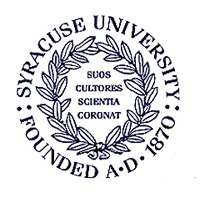


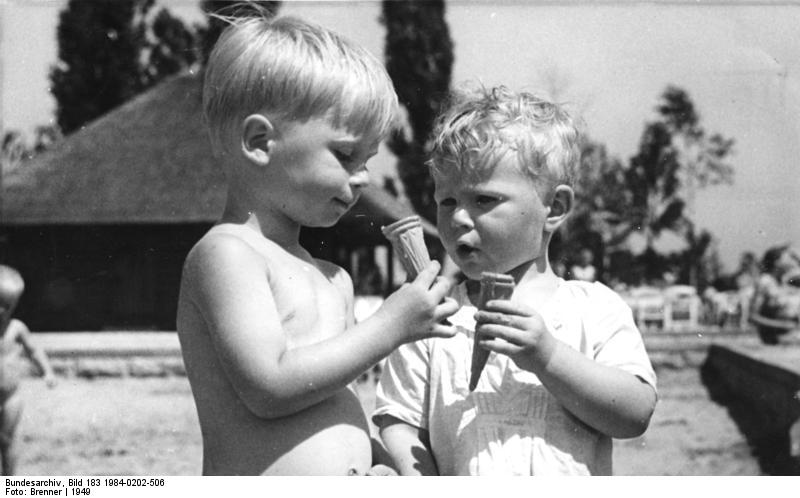
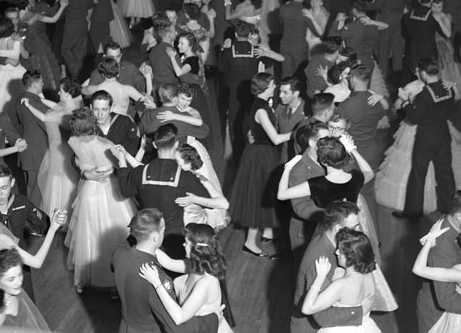

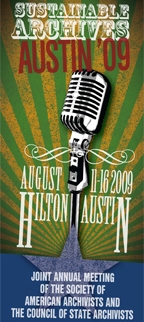 It is official – the panel I proposed for SAA 2009 (aka, Sustainable Archives: AUSTIN 2009) was accepted!
It is official – the panel I proposed for SAA 2009 (aka, Sustainable Archives: AUSTIN 2009) was accepted!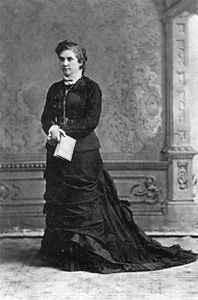 As part of his portion of our
As part of his portion of our